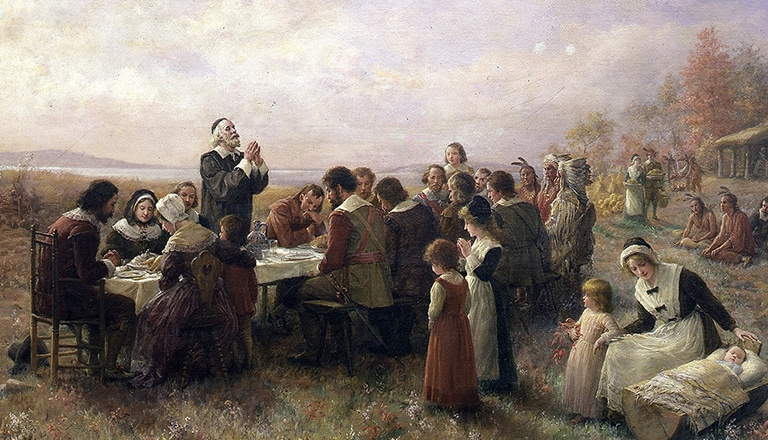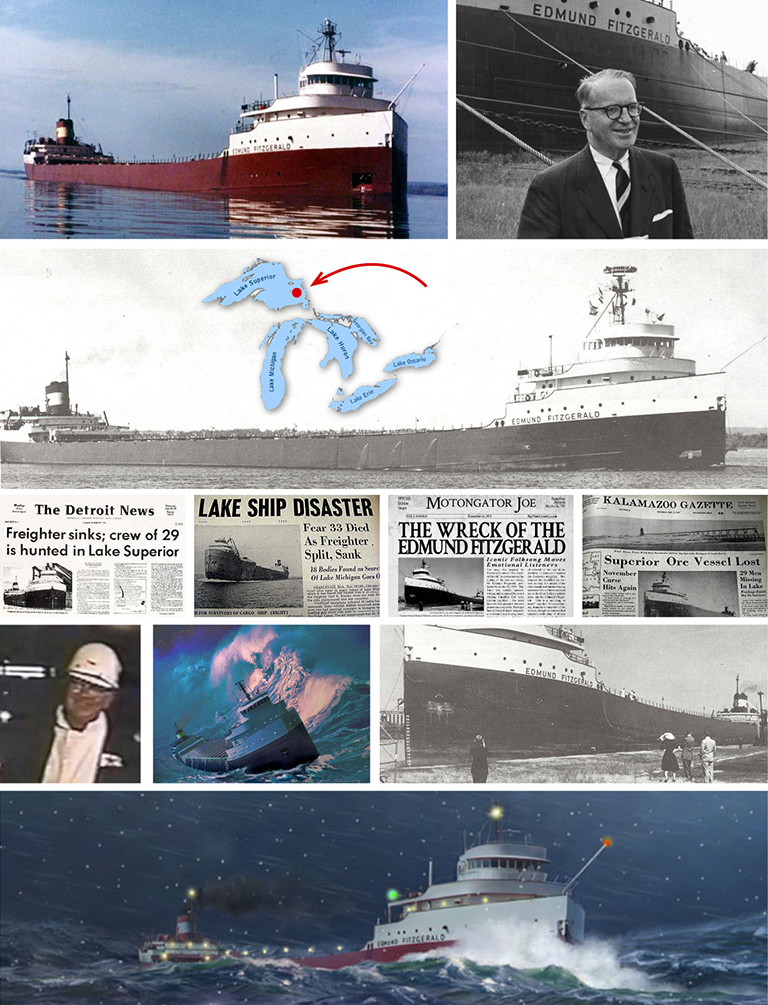Steve’s Thanksgiving Leftovers

This is now just a wonderful memory.
With me in the house, there are no thanksgiving leftovers. But I hear from friends and colleagues that there are some great recipes for such things. And here’s one you’ve just got to try:
.
TURKEY LEFTOVERS PIZZA
Total Time: 50 min
Prep: 35 min
Cook: 15 min
Yield: one 12-inch pizza
Level: Easy
Ingredients
• 1 pound pizza dough
• All-purpose flour, for dusting
• 1 teaspoon cornmeal
• 1 teaspoon extra-virgin olive oil
• 1/2 teaspoon sugar
• 3/4 cup mashed potatoes
• 1/2 cup shredded cheddar cheese
• 2 teaspoons whole milk
• 1 cup prepared stuffing
• 1 roasted turkey (or chicken thigh), with skin
• 1/4 cup chunky cranberry sauce
• 1/4 cup gravy
Directions
Put a pizza stone or upside-down baking sheet in the oven; preheat to 500 degrees F. Stretch the pizza dough into a 12-inch round on a floured surface. Dust a pizza peel or upside-down baking sheet with 1/2 teaspoon cornmeal and put the dough on top. Brush with the olive oil and sprinkle with the sugar and the remaining 1/2 teaspoon cornmeal. Carefully slide onto the hot pizza stone or baking sheet and bake until golden on the bottom, 5 to 7 minutes.
Meanwhile, mix the mashed potatoes with 1/4 cup cheese and the milk in a bowl; set aside. Roll tablespoonfuls of the stuffing into 1-inch balls to look like meatballs. Shred the turkey meat and julienne the skin for flavor.
Slide the crust back onto the peel. Spread the cheddar mashed potatoes over the crust, then top with the shredded turkey. Spoon the cranberry sauce over the pizza and drizzle with the gravy. Arrange the stuffing balls on top and sprinkle with the remaining 1/4 cup cheese and the turkey skin.
Return the pizza to the oven and bake until golden brown, 8 to 10 more minutes.
Recipe courtesy of Duff Goldman for Food Network Magazine. Read more and see a photo here.





